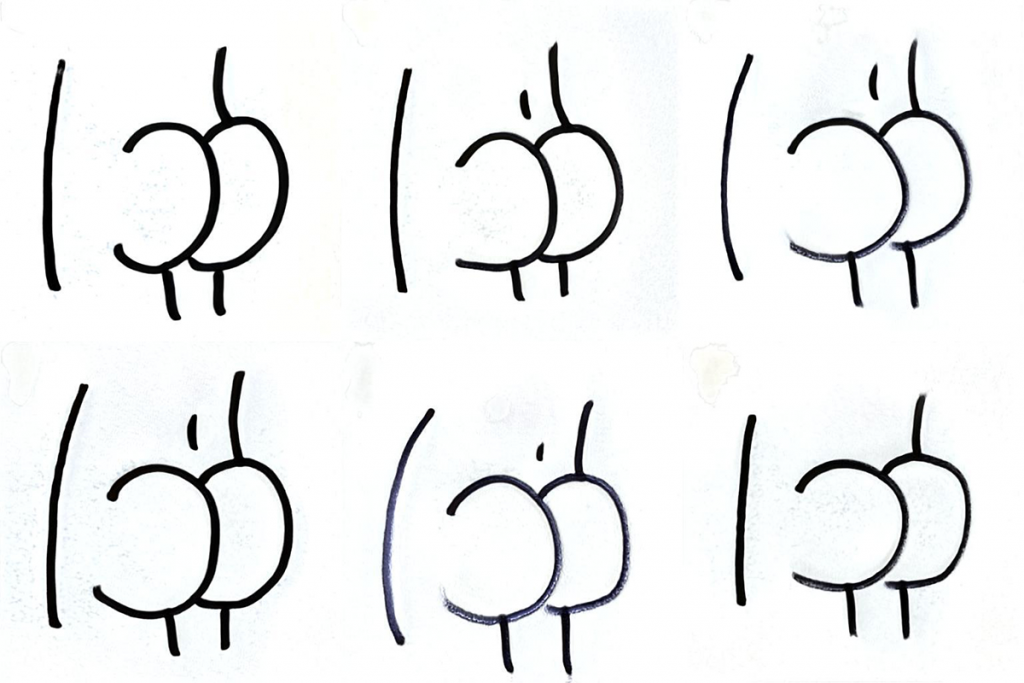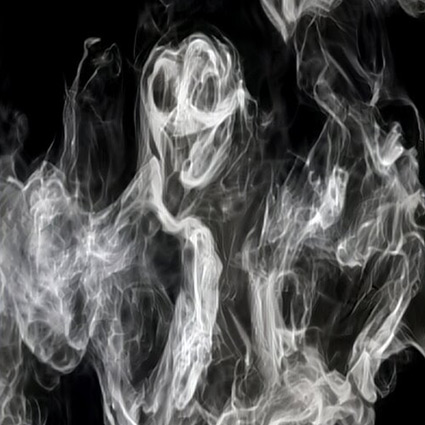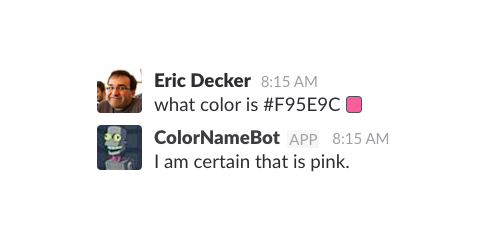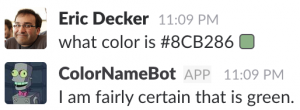Our latest wild ale, West Coast Blonde is brewed with Belgian and Munich malts, Nugget, Cluster, and Goldings hops. This unfiltered wheat beer is made with real grapefruit juice, allowing the hops to continue to shine in the sunlight..
A fake beer description written by a machine
Try it out on RunwayML
Continuing to play around with machine learning via RunwayML, I decided to try experimenting with some of the text generation. As with any sort of machine learning project, you first need a dataset to work with. In my case, I wanted to do something with craft beer, so I decided it would be interesting to see if I could generate fake craft beer descriptions.
This information isn’t necessarily available in bulk, so I took to the next best thing: scraping it from the web. It was also a perfect opportunity to finally learn some python (I know, I know.)
Continue reading “AI Generated Craft Beer Descriptions”





 Amazon has (somewhat) recently added some new services under the Artificial Intelligence offerings, one of them being a Machine Learning service. I wanted to play around with their predictive analysis service so I decided to make a really simple proof of concept.
Amazon has (somewhat) recently added some new services under the Artificial Intelligence offerings, one of them being a Machine Learning service. I wanted to play around with their predictive analysis service so I decided to make a really simple proof of concept.